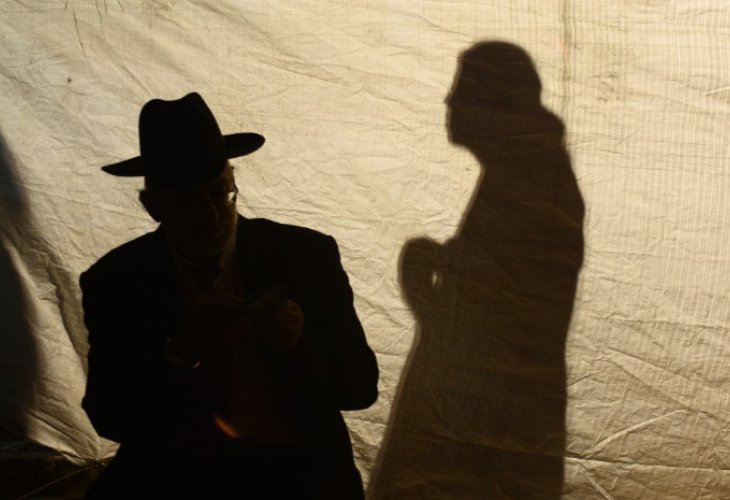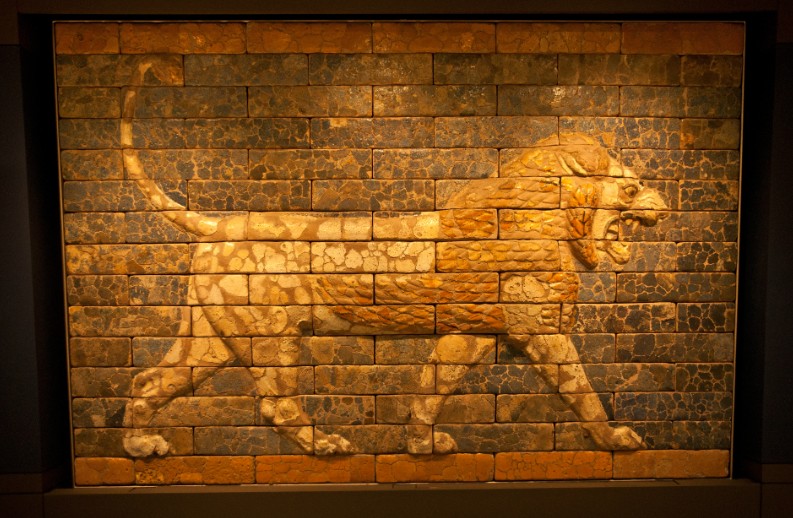Unveiling Secrets from the First Temple Era
Discover the stories behind ancient artifacts: How was the Siloam Tunnel built? What are the inscriptions telling of Nebuchadnezzar's victories? And what did the letter from Lachish reveal just before it fell to the Babylonians? Here are six fascinating archaeological findings from the First Temple period.

There are quite a few individuals - such as prominent members of the PLO - who like to argue that the Kingdoms of Judah and Israel never existed and that the First Temple was never constructed. In fact, they often deny the existence of the Second Temple as well, but that task is more challenging since there are thousands of archaeological finds and substantial documentation from that period. Nevertheless, the era of the Kingdoms of Judah and Israel during the time of the First Temple left behind intriguing archaeological remnants. Here are some notable examples.
1. Sennacherib's Prism: Sennacherib was the king of the Assyrian Empire (in the area of today's Iraq and Turkey) about 2,700 years ago. Shortly after his ascension, Sennacherib campaigned against the Kingdom of Judah after King Hezekiah rejected his dominance. Following the war, Sennacherib's scribes carved the story onto large stone cylinders shaped like prisms, paralleling the biblical account. For instance, the Book of Kings mentions "In the fourteenth year of King Hezekiah, Sennacherib king of Assyria attacked all the fortified cities of Judah and captured them," while Sennacherib's Prism states: "Regarding Hezekiah the Judean who did not submit to my yoke, 46 of his strong cities, as well as smaller cities without number, by siege I took them." In both, there is a description of the siege on Jerusalem: "And the King of Assyria sent ... a great army ... they went up and came to Jerusalem," paralleled by the prism's "like a caged bird, he shut him up in Jerusalem, his royal city".
2. The Siloam Inscription: As mentioned, King Hezekiah, who ruled Judah around 2,700 years ago, rejected the Assyrian rule of Sennacherib. Knowing Sennacherib would engage in battle with Judah, Hezekiah prepared in two main ways: by reinforcing and building a massive wall around Jerusalem, and by redirecting the waters of the Gihon Spring into the city, carving a tunnel through the mountain to bring its waters inside. The fortification work is recorded in the Bible: "Hezekiah strengthened himself, built up all the wall that was broken, raised it to the towers ...". Indeed, after the Six-Day War, archaeological excavations in the Jewish Quarter revealed a seven-meter-wide fortification line dating back to Hezekiah's time. An even more impressive discovery was the uncovering of the Siloam Tunnel, also dating to Hezekiah's days, and finding an ancient stone sign describing the excavation. The Bible narrates the tunnel's creation briefly: "As for the other deeds of Hezekiah, all his might, and how he made the pool and the tunnel and brought water into the city ..."; however, a stone sign discovered about a hundred years ago elaborates on the excavation. From the ancient text, it becomes clear that two teams worked from opposite ends of the tunnel until they met in the middle, thereby completing the tunnel: "[Completed] the tunnel. And this was the story of the tunnel: while ... the axes met each other and there were still three cubits to dig, there was a voice calling out to his fellow ... axe against [a]xe".
3. Tel Dan Stele: The books of the prophets frequently mention battles between the Israelites and Aram, a kingdom north of Israel, in today's Syria. Recent excavations at Tel Dan in the Hula Valley unearthed a grand victory stele likely set up by Hazael, king of Aram. The stele describes Aram's victory over "the king of Israel" and the "House of David," victories over both the Kingdom of Judah and the Kingdom of Israel. This finding counters the claims of historians who argue that there was never an Israelite king named David.
4. Nebuchadnezzar's Chronicle: The Bible extensively describes the destruction of the Temple and Jerusalem by Nebuchadnezzar: "And in the fifth month, on the seventh day of the month which was the nineteenth year of King Nebuchadnezzar king of Babylon, Nebuzaradan ... captain of the guard, servant of the king of Babylonia, came to Jerusalem; and the house of Hashem, the king's palace, and all the houses of Jerusalem ... he burned with fire." About a hundred years ago, a Babylonian clay inscription was found that details this war and Babylon's victory: "In the seventh year, in the month of Kislev, the king of Akkad (Babylon) called out his army and marched to Hatti-land. He encamped against the city of Judah ... and captured the city on the second day of the month of Adar. He seized its king and installed there a king of his choice. He collected its customary tribute and went back to Babylon. (The details of King Jehoiachin's capture and the appointment of Zedekiah as a vassal king, subject to Nebuchadnezzar, are also noted in the Bible."

5. Jehoiachin's Rations: King Jehoiachin of Judah was taken captive by the Babylonians, as the Bible recounts. Four administrative Babylonian tablets from that time describe the captivity of Jehoiachin, referred to there as 'king of Judah,' and detail the ration of food allocated to him: "10 (of a measure) of oil to Jehoiachin, king of the land of Judah; 2½ qa (about four liters of oil) to the five sons of the king of the land of Judah..."
6. Lachish Letters: Lachish was one of Judah's cities, destroyed along with the Kingdom of Judah by the Babylonians. In archaeological digs at the site of the ancient city, a collection of letters was discovered documenting the days leading up to Lachish's destruction. One of these, known as Letter 4, was likely written shortly before the city fell to the Babylonians. The letter, written in Hebrew, was probably sent by Hoashiah, the governor of the fortress. The letter mentions the use of signals, commonly used for communication between settlements. The writer notes that he no longer sees any signals from Azekah, eleven kilometers away, hinting this could be due to poor visibility or the fact that Azekah had already fallen to the Babylonians. "And be aware that we are watching for the signals of Lachish according to all the signs that my lord has given. For we do not see Azekah."

